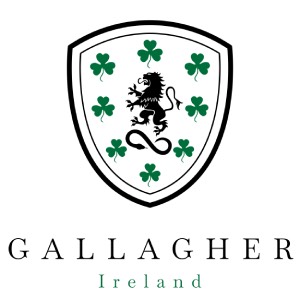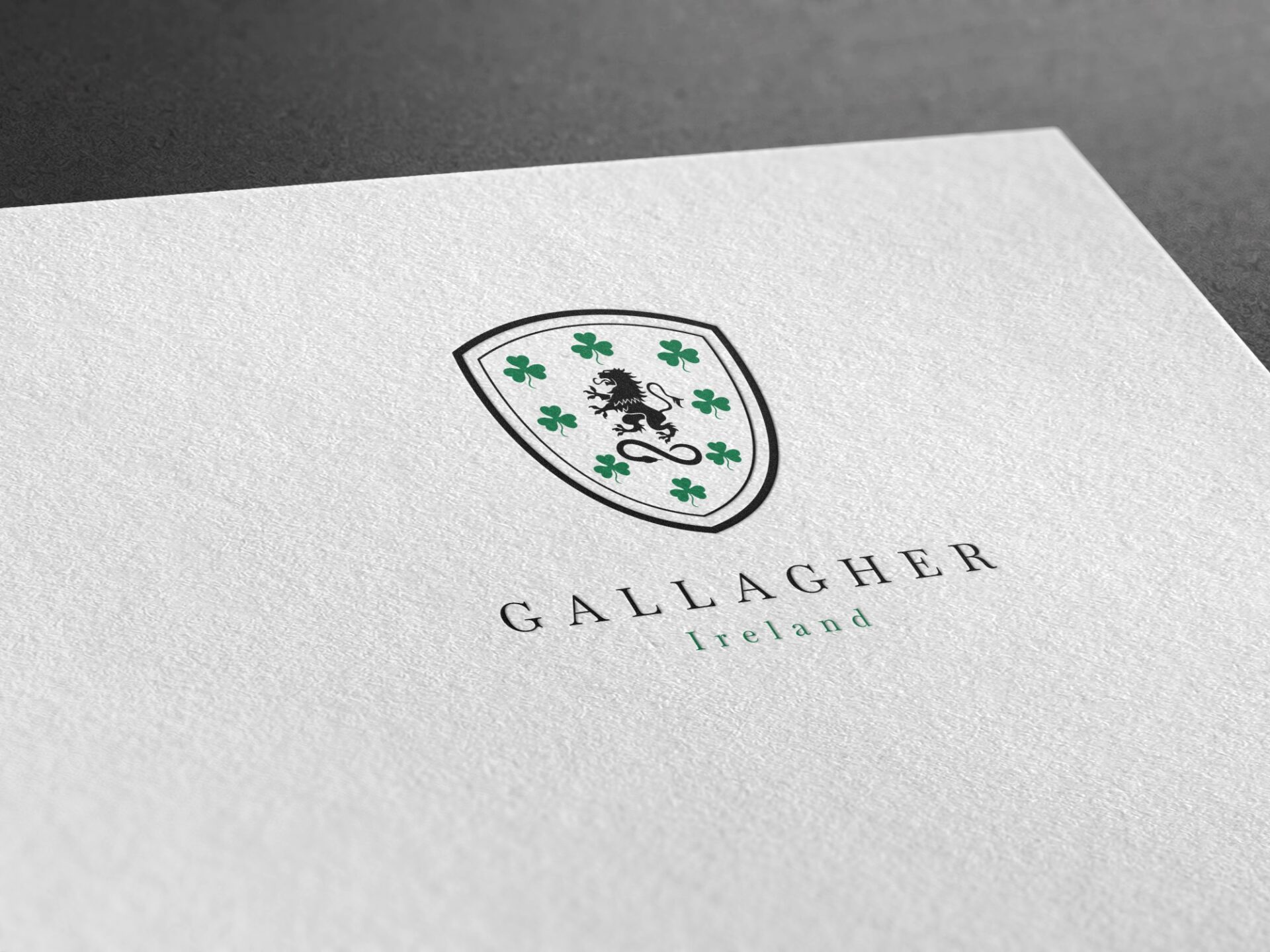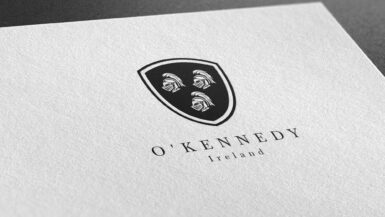The surname Gallagher is of Irish origin, descending from the Gaelic Ó Gallchobhair, where ‘Ó’ denotes ‘descendant of’, and ‘Gallchobhair’ can be translated to ‘foreign helper’.
Etymology and Meaning
The surname Gallagher, as derived from its Gaelic roots, is believed to mean ‘foreign helper’, indicating that the original bearers of the name may have been recognized for their assistance or relations with foreigners.
Earliest Known Usage
The Gallagher surname was first documented in the 5th century in the territory of Tirconnell, now known as Donegal, where they held a family seat as Chiefs of one of the most powerful septs in Ireland.
Geographic Distribution
The Gallagher family was initially based in Donegal in Northwest Ireland. However, over the centuries, the surname has spread across Ireland and worldwide due to migration, particularly during the Great Famine in the mid-19th century.
Original Geographic Location
The original geographic location of the Gallagher family was in the province of Ulster, specifically in County Donegal, where they held significant land and power.
Migration Patterns
During the Great Famine of the mid-19th century, many Gallaghers, like other Irish families, migrated to countries such as the United States, Canada, Australia, and the United Kingdom in search of better living conditions.
Historical Context
Notable Historical Events
Gallaghers have been involved in numerous historical events throughout Irish history. The Gallaghers of Donegal were known to be fierce defenders of Irish sovereignty during the Anglo-Norman invasions and the subsequent Tudor conquest of Ireland.
Involvement in Key Moments in History
The Gallaghers were involved in key moments in American and Australian history, with many becoming influential figures in their adopted homelands during the 19th and 20th centuries.
Notable Bearers of the Surname
Famous Individuals
Notable bearers of the Gallagher name include Liam and Noel Gallagher, founding members of the iconic British rock band Oasis. Another renowned Gallagher is Brendan Gallagher, a professional ice hockey player in the National Hockey League.
Influential Figures
Influential Gallaghers include Thomas Gallagher, an Irish businessman who founded the Gallagher Group, one of the largest tobacco companies in the UK, and Pat Gallagher, an American baseball executive.
Variations of the Surname
Spelling Variations
Several spelling variations of the Gallagher surname exist, including Gallacher, Gallager, and Gallaher, among others.
Regional Differences
The Gallagher surname has been anglicized differently across regions. In Scotland, it is often spelled as Gallacher, while in some parts of the United States, it is commonly spelled as Gallager.
Current Statistics and Distribution
Frequency and Global Distribution
Today, the Gallagher surname is most prevalent in Ireland, followed by the United States and the United Kingdom. It also has a significant presence in Australia and Canada.
Changes Over Time
The distribution of the Gallagher surname has broadened over time, moving from its origins in Donegal to a global presence.
Family Coat of Arms

The Gallagher family crest is a compelling and symbolically rich heraldic emblem that beautifully captures the essence of the family’s heritage and values. The crest features a white or silver background, known in heraldry as argent, which traditionally symbolizes purity, innocence, peace, and sincerity. This choice of background sets a noble and virtuous tone for the crest, suggesting the Gallagher family’s commitment to these lofty ideals.
Bordering the shield are shamrocks, a well-recognized symbol of Ireland and Irish identity, often associated with luck and St. Patrick, Ireland’s patron saint. These green shamrocks (trefoil) not only embellish the crest with a distinctly Irish character but also signify vitality and growth, reflecting the family’s deep roots in Irish culture and their flourishing legacy.
Dominating the center of the crest is a black lion rampart, a classic heraldic symbol that denotes courage, strength, and royalty. The lion’s stance, rampart (reared up on its hind legs), is a dynamic pose that represents readiness to act, suggesting the Gallaghers’ bold and regal spirit. The color black, known as sable in heraldry, typically symbolizes constancy and sometimes grief, hinting at the family’s enduring nature and resilience through adversity.
Beneath the lion, a black snake is depicted, adding a unique element to the crest. Snakes are often seen as symbols of wisdom and renewal in heraldry, representing the Gallagher family’s sage nature and ability to rejuvenate and adapt over generations. The interaction between the lion and the snake on the crest could symbolize the family’s triumph over challenges and their ability to govern their fate.
Together, these elements of the Gallagher family crest — the white/silver field, shamrock border, black lion rampart, and snake — create a powerful narrative. This narrative speaks to a legacy of purity, courage, wisdom, and a profound connection to Irish heritage, encapsulating the noble virtues and enduring spirit of the Gallagher family.






loved they history of my name
I am so proud of my Irish heritage and my Gallagher name.